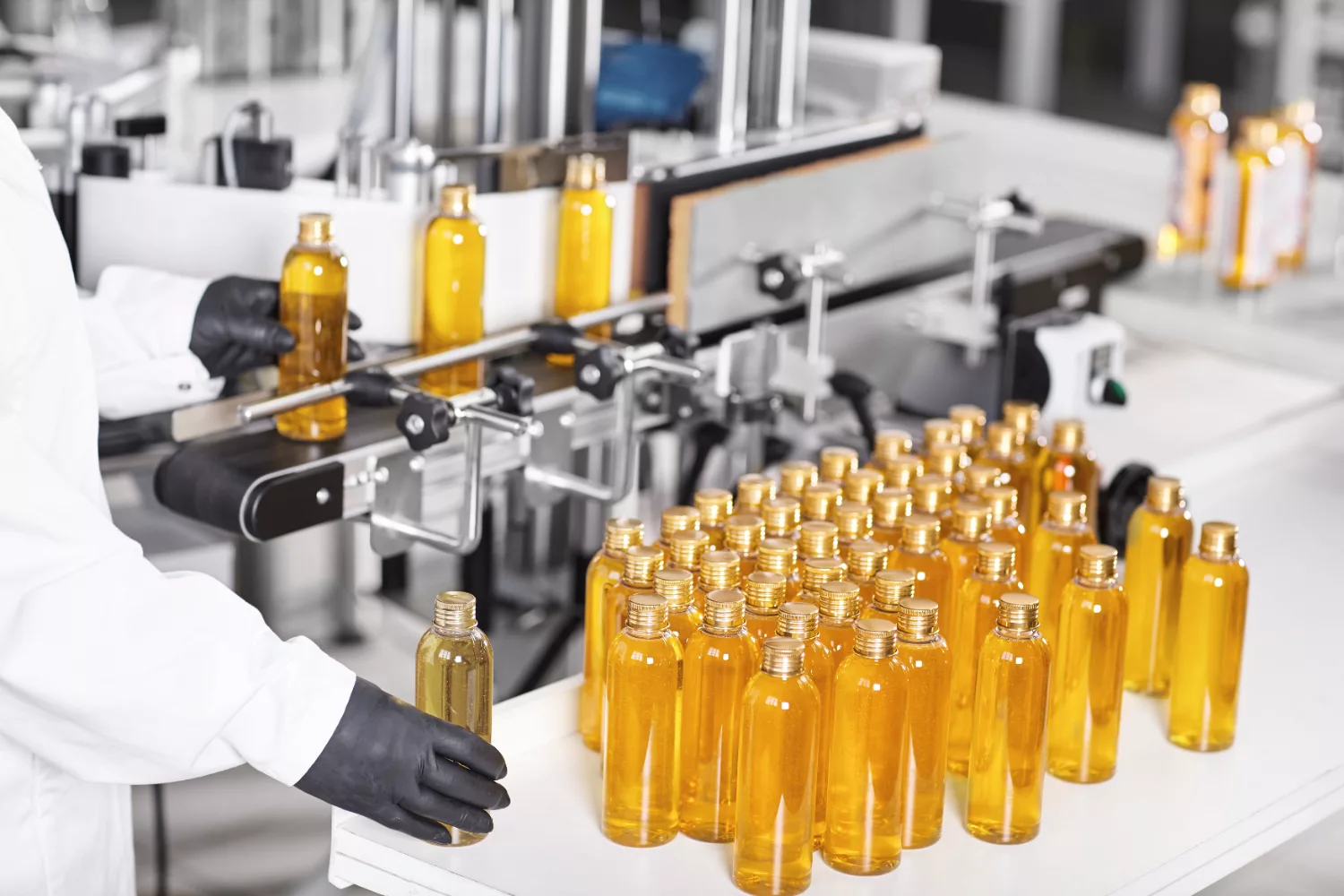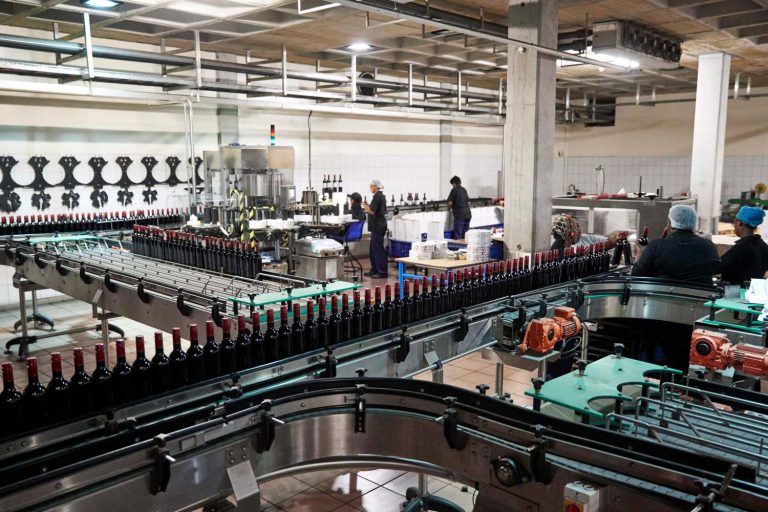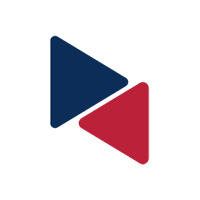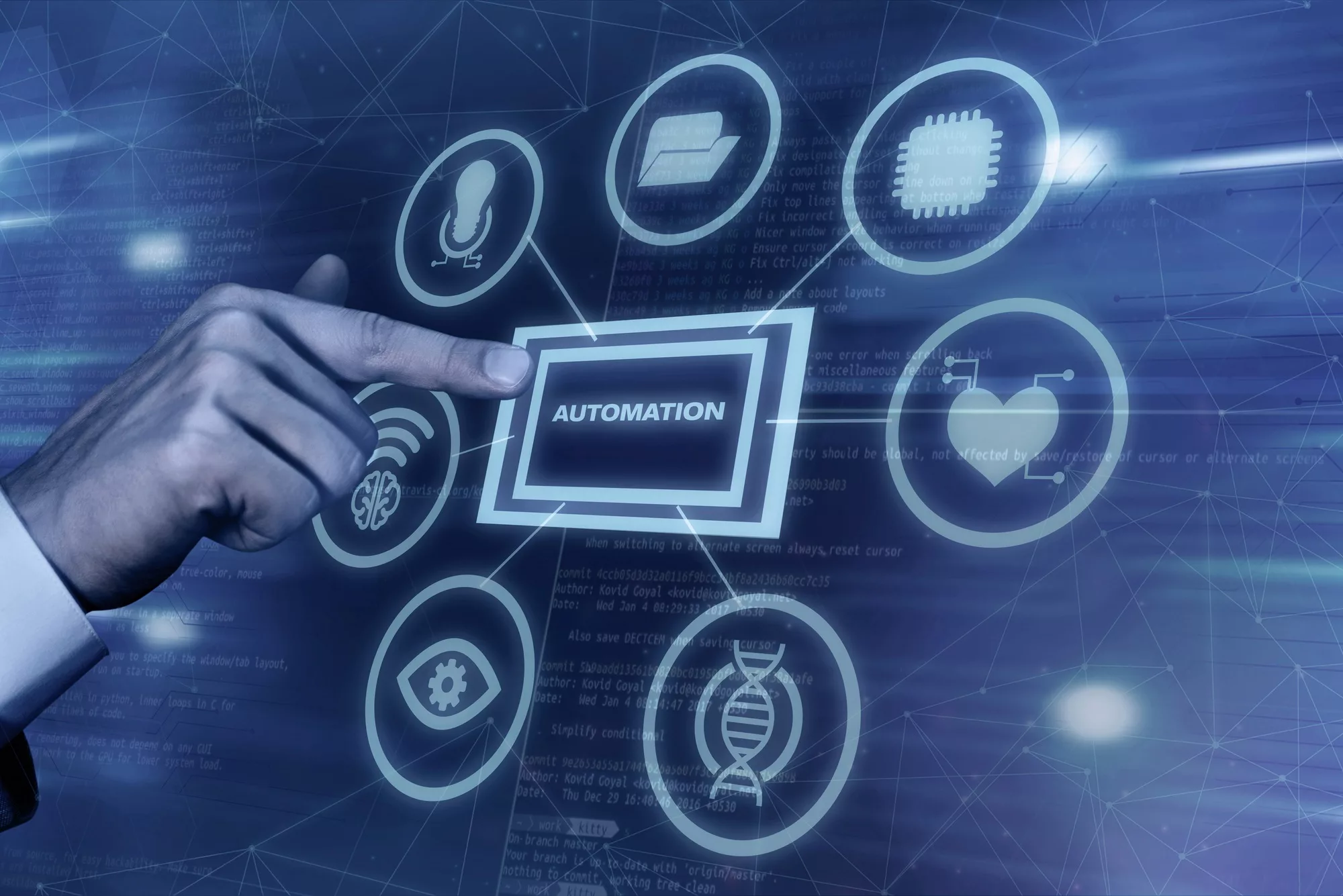6 min read
Demand for supply chain traceability and transparency in the Food and Beverage industry
Author
Platned
Published
22/09/2021

Companies are under pressure to gain visibility into their multi-tier supply chains and share more information with their customers, partners, and other stakeholders. Requirement for traceability & transparency is increasing every day due to regulatory due diligence requirements, increased investor and consumer expectations, and technological advances which have raised the bar etc.
Transparency extends to what data you will be transparent about, whom, and how often or when. Increasing transparency is an effective way of demonstrating sustainability efforts and openness to stakeholders. Traceability provides means for companies to become transparent to their different stakeholders. Traceability and transparency can be considered as business strategies to help companies to understand better and thus respond to the most critical risks and opportunities in their multi-tier supply chains while creating confidence in multiple external stakeholders.
Living in a new digital era, companies nowadays identify the importance of greater traceability and transparency while understanding their availability on-demand with accuracy. However, many companies still rely on pen and paper to record track and trace (T&T) data in physical files or spreadsheets. During the early days of the COVID-19 global pandemic, we have noticed several companies failed to meet market demand due to a lack of control within the supply chain. This was revealed by delays in shipments (inward & outward). Also, they were unable to quickly adapt to new working methods and work shifts to continue operations with minimizing the infection rate within premises. Companies who were already digitalised or able to adopt at a faster phase were able to overcome challenges faster than those who hadn’t. Accordingly, having connected supply chains gave a distinctive competitive edge for those companies with increased traceability & transparency.
On the other hand, today’s customers are well-informed and want to know more and more information about the products they buy, especially food and beverage items. Also, consumers are aware of their rights to know what they consume. In the recent past, the authorities were keener on safeguarding consumers’ food safety & enhancing trust due to increasing food-related non-communicable diseases such as diabetes, cholesterol and illnesses due to food patterns themselves such as cancer, obesity etc. Also, many food scandals in the recent past made people feel fear for the food they consume. Eg: Fake food (Refer: Plastic rice food scandal- https://www.bbc.com/news/blogs-trending-40484135 ).
Moreover, legislations themselves resulted in food and beverage companies being more transparent regarding their origin, quality, certifications, safety cautions and many more. Similar to the safety issues, business stakeholders are now keen on sustainable initiatives and cruelty-free movements. Today’s customers tend to associate products that match their values beyond the financial and functional benefits of products. They want the businesses to be transparent about their values and already have started considering what products to buy.

It’s important to understand sequential problems associated with lack of traceability & transparency in businesses. Most of the companies aren’t fully digitalized and the processes that need end to end trace therefore doesn’t provide the correct picture. In such businesses, some of the traceability data is still in physical files/folders or spreadsheets. The real problem arises when there is a requirement to backtrack such data for recalls management, compliance and quality management issues because identifying root causes for problems and correcting them fast is very difficult. Accordingly, T&T in the modern food and beverage industry supply chain cannot opt-out which emphasises the importance of digitalizing the supply chain for T&T.
The ideal digital system for F&B companies needs to capture all goods transactions on various levels and then connect other details such as goods origin, certificates, and quality test results within the connected system. Such systems’ traceability and transparency should be extended upstream towards the suppliers and downstream towards the customers. Selecting an industry-specific ERP solution will give you the best value proposition over generic systems in receiving a traceable and transparent supply chain.
More Articles
01/04/2025
|
2 Min Read





